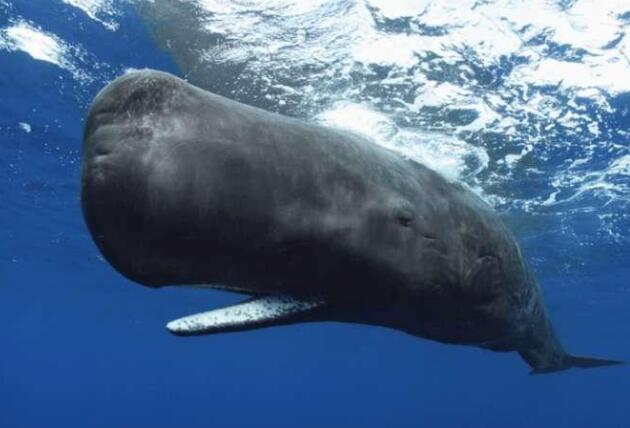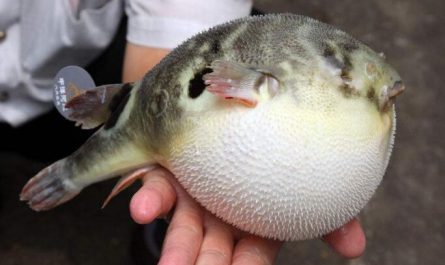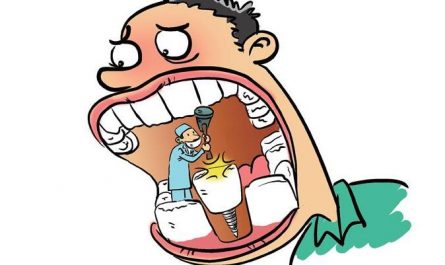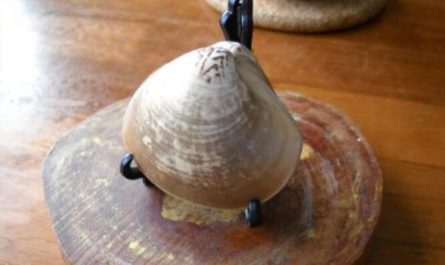The reason why the sperm whale has a particularly big head
Everyone knows that the sperm whale, the largest animal in the sea, is an aquatic mammal. It breathes with its lungs, and dives into the water after inhaling on the water surface, and can swim for 10 to 45 minutes. For a long time, people have explained the ups and downs of this animal, thinking that it mainly relies on the layer of fat under its skin to reduce the proportion of its body. Recently, scientists have specifically studied the physiological structure of sperm whales. They are deeply interested in the big head of the sperm whale: the sperm whale has a world-record big head, and its head accounts for 1/3 of its total weight (60-100 tons).
This kind of favorite big thing generally feeds on zooplankton, mollusk and fish. It likes to eat horseshoes, and this smart fish grows in the deep sea. In order to hunt horse guillotines, one must have superb diving skills, not only to avoid running away prey, but also to hide oneself, that is to say, one must lie on the bottom of the sea without moving for half an hour. This kind of Pan Fu completely relies on buoyancy to balance, which requires that the density of the sperm whale’s body must be the same as the density of the surrounding sea water. The sperm whale has such a huge head just to adjust its buoyancy.
After dissecting the giant, it was found that 9/10 of the volume was a kind of “scete wax tissue”, which is a “big bag” composed of muscle and mesangium, which was filled with a liquid spermaceti. Tested: The temperature of this “cete wax tissue” with blood vessels passing through it is often kept 3°C lower than its entire body temperature, which is very useful for it. When the sperm whale dives into the deep sea, this special “heat exchanger” starts to work.
Its right nasal cavity (which is completely different from the left nasal cavity) that goes deep into the skull becomes a muscular cavity that communicates with the “cete wax tissue”. The seawater that flows into the “cete wax tissue” through the nasal cavity not only acts like the “weighted water” in a submarine, but also reduces the temperature of the spermaceti inside to its crystallization temperature -31°C. The volume shrinks, the density increases, and the density of the entire sperm whale also increases.
The researchers pointed out that the big head of the sperm whale actually functions as the swim bladder in other fish.
The morphological characteristics of sperm whales
Sperm whale males are 11-20 meters long, females 8.2-18 meters long, and their adult weight is 25-45 tons; their larvae are 4 meters long at birth and weigh up to 500 kg. Compared with the body, the head of the sperm whale is disproportionately heavy and large, with the largest brain in the animal kingdom, while the tail is light and small, which makes the body of the sperm whale look like a big tadpole. The head of an adult male whale is particularly prominent, generally the head occupies four to one-third of the total length of the body, and the appearance is roughly cuboid. Its nostrils are located on both sides of the front left side of the top of this huge cuboid. What is unusual is that although the sperm whale has two nostrils, only the left nostril is open for breathing, while the right nostril is inherently blocked. This causes the sperm whale to always face to the right of the body when it comes to the surface to breathe. Spray to the front left at an angle of about 45°. The jaw of a sperm whale is short and narrow, like a rod, and is shorter than the upper jaw of the head. It is very disproportionate and difficult to distinguish when viewed from the side. Its lower jaw is small but its bones are strong and powerful. There are several cone-shaped teeth on the mandibular surface, which are more than 20 cm long around the mandible. The upper jaw of the sperm whale has no teeth, only small cone-shaped holes pierced by the lower teeth.
The body is in a streamlined shape. The mouth does not need to have teeth. They are non-exchangeable, single-rooted, single-pointed, and homogeneous. The kiss is very long, the nasal bones, frontal bones, and parietal bones move back to the back. The skull is asymmetrical, especially in the nostril area. There is one outer nostril, located on the top of the head, commonly known as fumarole. The front ribs are double-headed ribs. Without clavicle. Forelegs are fin-shaped, suitable for swimming. The waistband and hind limbs are degenerated, and the tail fin is level. The respiratory tract and digestive tract are completely separated. Bicornuate uterus, a pair of mammary glands, a groin. The penis can be completely retracted into the body wall, and the testis is located in the abdominal cavity. The skin surface of the middle and back segments of the body usually has many horizontal wrinkles. This is different from the smooth and firm skin of other cetaceans. The skin wrinkles of obese individuals are usually less obvious. The fumarole is located in front of the head and to the left. This is because the skull of the sperm whale will be extremely skewed to the left during development. There is a low bulge on the back relative to the dorsal fin, followed by a series of smaller hills extending all the way to the caudal fin, the caudal stalk is thick. The pectoral fin is short and broad, with a rounded tip, and a triangular caudal fin with straight edges. The sex size of sperm whales varies greatly. Adult male whales are usually one-third longer than female whales and can weigh twice as much as female whales. The lower jaw has twenty to twenty-six pairs of large, conical teeth, and the upper jaw has small teeth buried in the gums, or only alveolar.
The back of the sperm whale has a dark gray to dark complexion, and appears tan in bright sunlight. The abdomen is silvery gray and whitish. The upper lip and lower jaw are white near the tongue. There are usually irregular white areas on the flanks.
Sperm whale bones are characterized by a huge skull, about 1/3 of the total length of the skeleton. The top of the skull forms a huge depression, the wing bones are developed, the occipital bones are healed, and there is no lacrimal bone; the left and right bones of the skull are obviously asymmetrical, the left nostril is larger than the right; the left nasal bone is developed, and the right nasal bone is degenerated; the left front jaw is shorter and only reaches the nostril behind , The right front jaw extends beyond the nostril to the posterior wall of the cranial fossa. The atlas is free, and the other 6 cervical vertebrae are healed; the height of the scapula is greater than the width, and the eleventh pair of ribs is hypoplastic, flat and short, which is the most special of cetacean bones.






